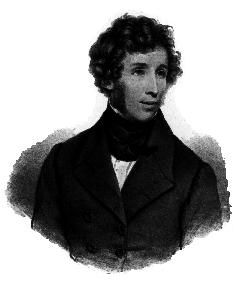Friedrich Wöhler
(1800 – 1882)


Friedrich Wöhler and his colleague Justus von Liebig helped undermine vitalist metaphysics and turn organic chemistry into a systematic science.Wöhler synthesised the organic compound urea by accident in 1828. He was attempting to prepare ammonium cyanate. The synthesis of urea via intermolecular rearrangement heralded a new understanding of the nature of life. Hitherto, educated opinion had typically assumed that organic substances in the bodies of plants and animals could be formed only under the influence of a mysterious "vital force". This vitalistic principle or "life energy" has been given many labels in different times and cultures: the Chinese called it "qi" or "chi"; Indians knew it as "prana"; and the Japanese named it "ki". Anton Mesmer's animal magnetism was a form of vitalism. So too was Henri Bergson's élan vital.
Vitalists disagreed over whether pain was itself the life force, or whether instead it merely acted as a spur to the life force. Other vitalists argued that the life force was depleted by pain. Any agent strong enough to overpower pain would supposedly overpower the life force as well. Wöhler's synthesis of an organic compound from inorganic materials undermined a key tenet of vitalist philosophy. Fresh organic syntheses in the laboratory followed.
Today, complex organic compounds are routinely designed and synthesised artificially. Indeed within a few decades, life scientists are likely to create artificial chromosomes and even living cells from scratch by chemically synthesizing all their components in vitro. But in the 19th century and beyond, vitalism retained a host of influential adherents. Vitalist opponents of painless surgery like Francois Magendie, professor of anatomy and physiology with the Faculty of Medicine in Paris, believed that anaesthesia was dangerous precisely because anaesthetics weakened the vital force.
HOME
Search
Resources
Snapshots
Utopian Surgery
Henry Hill Hickman
Refs and Further Reading
Anaesthesia and Anaesthetics